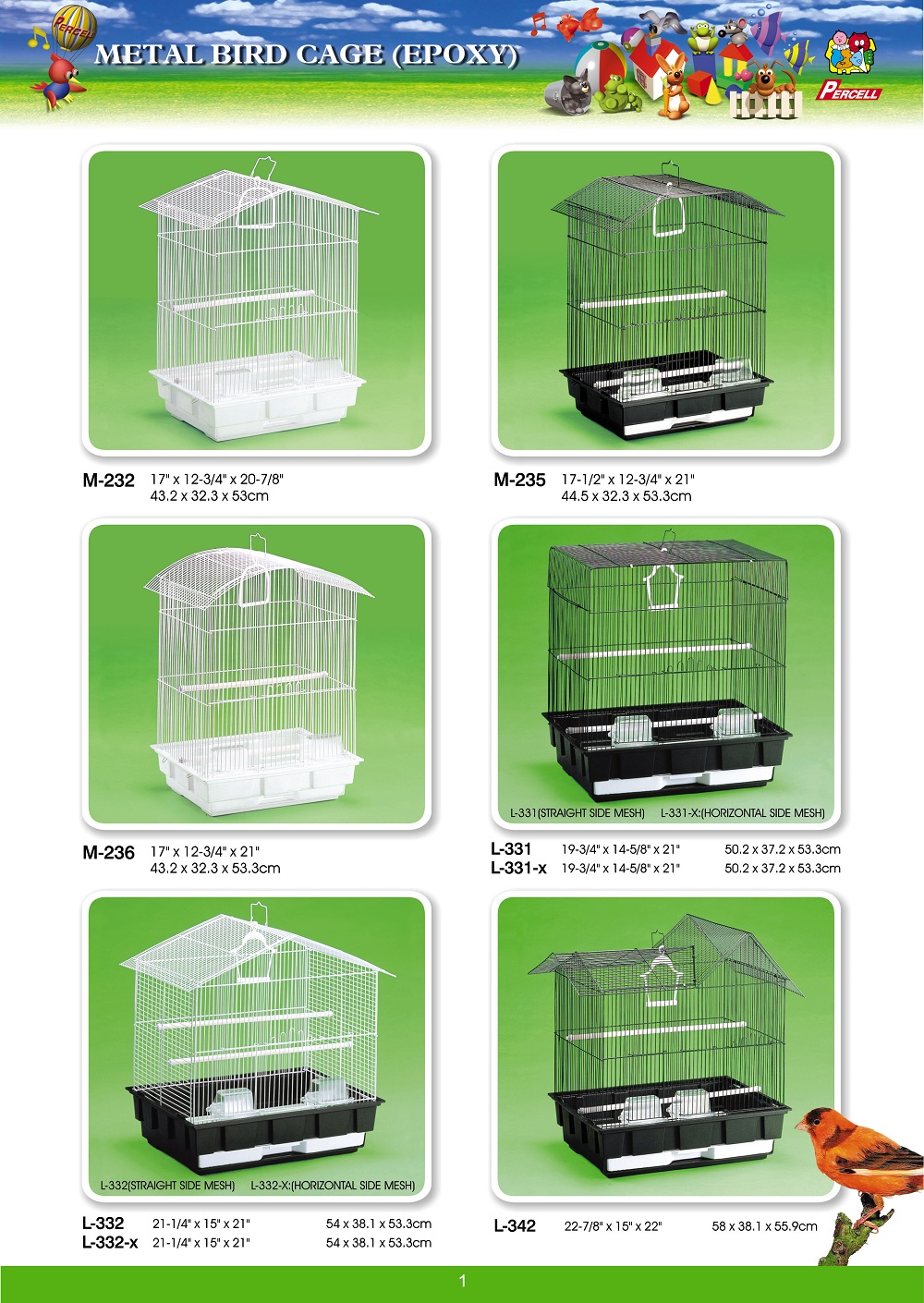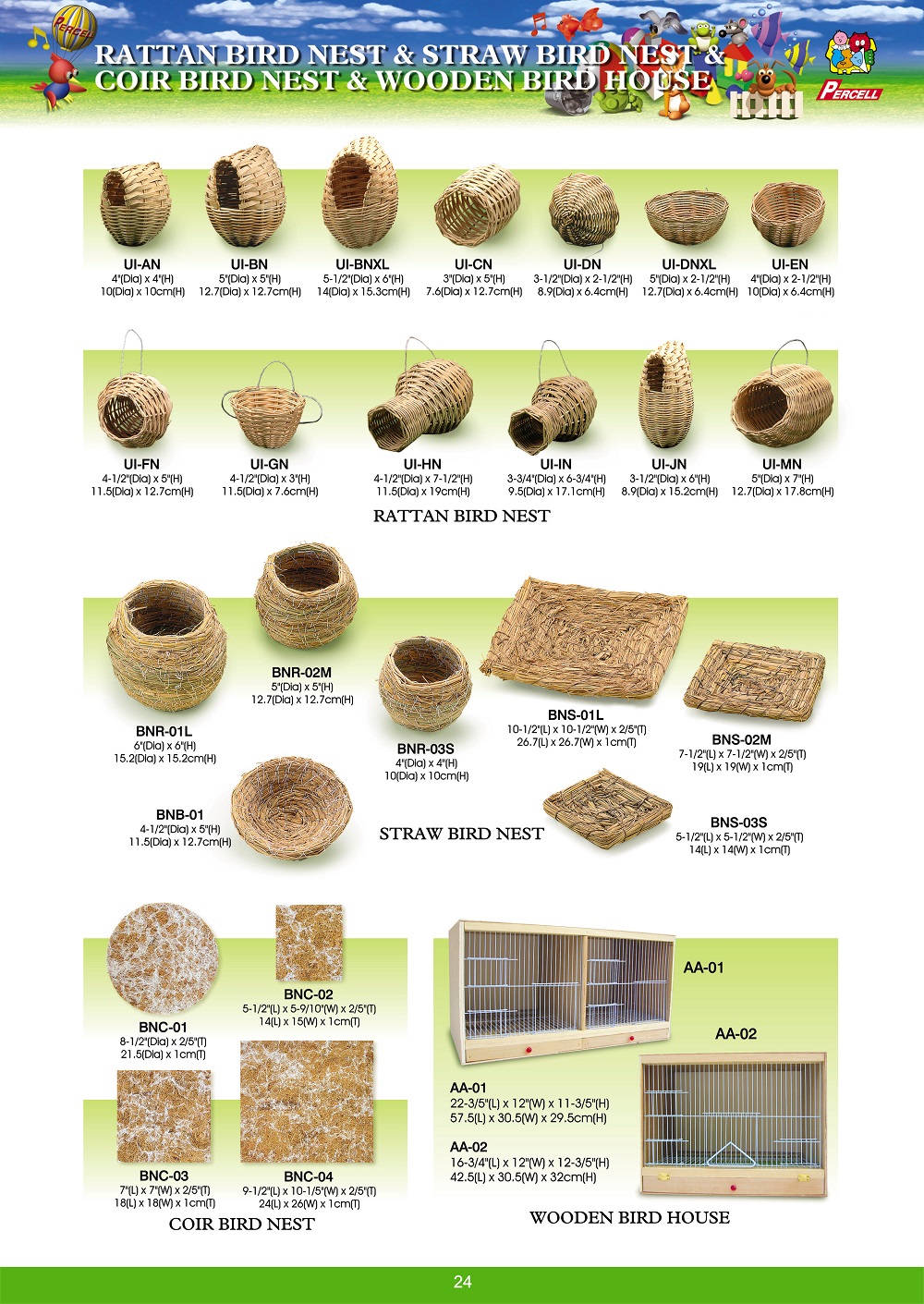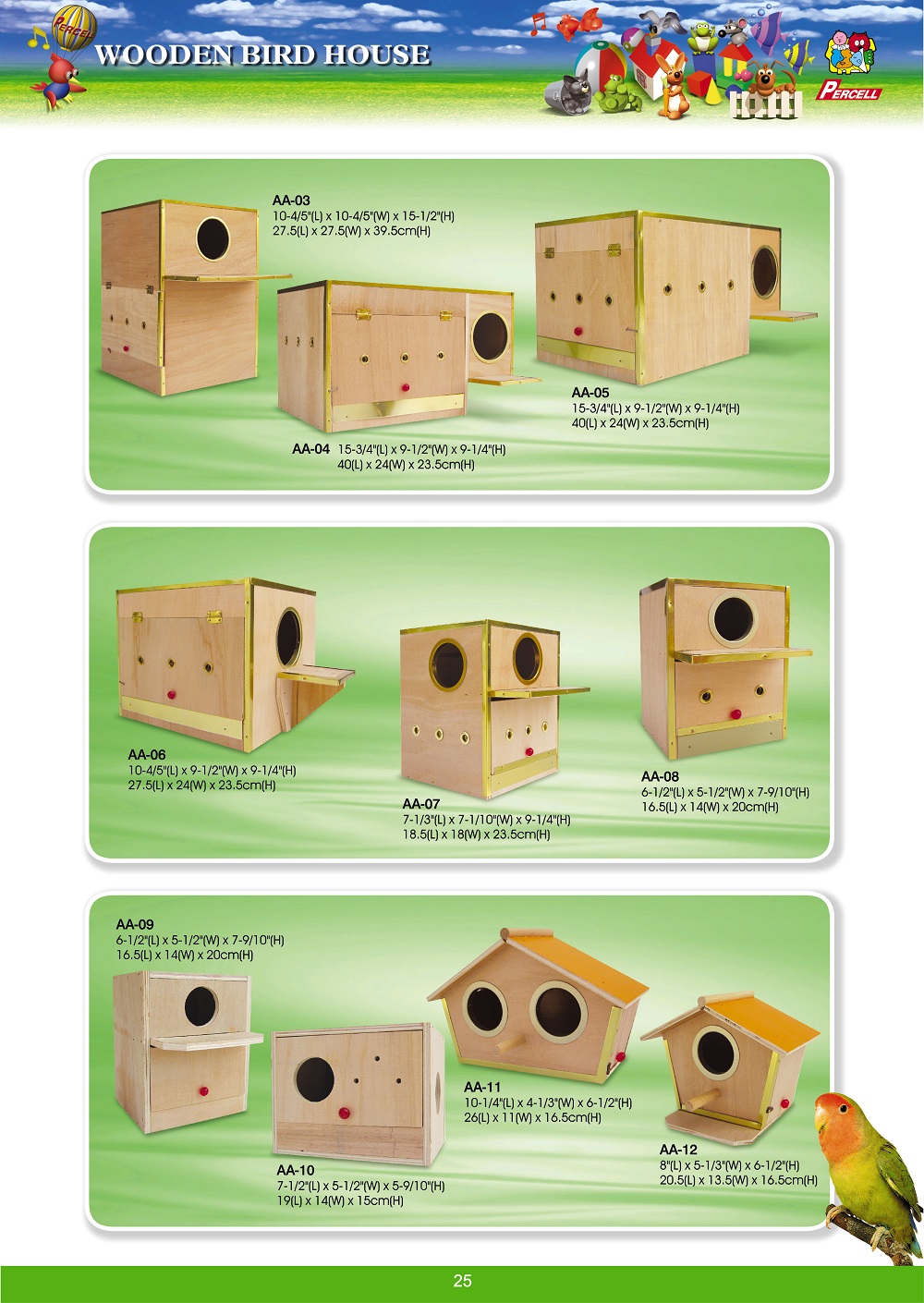2. Maintenance knowledge of printing equipment
In the repair and maintenance of printing equipment, we must adhere to the idea of ​​focusing on maintenance and prevention, and take effective measures from the organizational form and system to ensure the implementation of this work. The following introduces the maintenance and repair common sense of the equipment.
1) Maintenance of printing equipment
Generally can be divided into four categories:
â‘ Daily maintenance, also called routine maintenance, is to clean, lubricate, fasten loose fasteners, and check the integrity of parts.
â‘¡ First-level maintenance, regular inspections (such as once a week) of the equipment: cleaning the water fountain and water tank of the dampening system, tightening loose parts, internal and external cleaning of the machine, transmission system, lubrication system, pneumatic system and stamping Partially wait.
â‘¢Secondary maintenance, mainly clean the inside of the equipment (including water glue and ink glue) and lubricate, dismantle and inspect the key parts in a targeted manner, adjust the equipment (including level, etc.), and replace the wearing parts.
â‘£Three-level maintenance, disassembly inspection and adjustment of the main part of the equipment, including cleaning of the motor, checking the technical status, replacing lubricants, etc .; replacing some parts that reach the prescribed wear limit, such as bearing keys, electrical and pneumatic components Wait.
Pay attention to the following points on the air pump and maintenance:
a) Clean the air inlet filter of the air pump every week? Motor heat dissipation and air pump pressure regulating valve;
b) Lubricate the bearings every three months,
c) Carry out large-scale maintenance every year (or 2500 hours) to check the main wear parts?
Pay attention to the following points when maintaining the air compressor:
a) Check the oil level of the compressor daily, not lower than the line of the safety sign;
b) Drain the condensate in the gas storage tank daily;
c) Clean the air inlet filter weekly;
d) Check the tightness of the transmission belt every month, clean the motor and heat sink;
e) Change the oil every 3 months and thoroughly clean the oil cavity;
f) Check the pressure drop (leakage) every 1 year, if the pressure drops more than 10%, it is necessary to check and replace the damaged compressor seal in time;
g) Overhaul every two years, open for full inspection?
Each printing plant must work out the best maintenance system and maintenance rules that meet the existing equipment and production requirements based on the actual situation of the existing equipment and the actual production.
2) Maintenance knowledge of printing equipment
Equipment maintenance and equipment maintenance are different in content and function. Repair is mainly to find faults, eliminate faults, repair and replace damaged or worn, corroded parts, so that the equipment can operate normally. Equipment repair is divided into electrical and mechanical parts.
â‘ Maintenance knowledge of electrical parts
In the daily printing equipment repair work, the electrical part accounts for a large proportion. With the continuous development of printing technology equipment, the degree of automation control is getting higher and higher, and the control system is also more complicated. Therefore, electrical maintenance personnel are required to have a high level of technical skills and qualities, and to understand computer principles and be able to operate. For printing and maintenance electrical personnel, pay attention to the following points in daily maintenance work:
a) Carefully read the electrical schematics and related documents of the equipment to master the electrical principles and control system principles of the equipment in principle. Find out where the electrical components are, wiring, layout and number, and direction.
b) For the failure of the machine and equipment, carefully analyze the parts that may have this failure, find the components and lines that may cause the failure according to the electrical schematic diagram, wiring diagram, etc., diagnose them, and eliminate them one by one.
c) In electrical repair, first check the power supply voltage? Is the current normal, does the air pump pressure meet the standard, and does the lubricating system oil pressure meet the standard, etc. If necessary, the load can be disconnected, which is helpful to determine whether it is caused by mechanical overload Electrical failure or protection.
d) The web offset press uses a PC for automatic control, which brings a lot of convenience for troubleshooting electrical faults. Generally, there are light-emitting diodes in the control cabinet as a fault prompt, and you can find the location of the fault according to the prompt. In the device, you can first find the prompt on the console display, or use the laptop computer in the control cabinet to "talk" with the industrial computer, find the system where the fault occurs, and then eliminate each one?
e) Common electrical faults can be summarized as: damaged fuse, damaged contactor and relay contact, loose wiring, poor contact, button and limit switch failure, a certain position control switch in the safety protection system is not reset, The photoelectric detection part of the tension control system and the paper break system is faulty, and the solenoid valve is leaking or damaged.
f) The motor is the source of power in the printing equipment. The following is a brief introduction to the common faults of DC motors and AC motors.
Common faults during DC electric operation are mechanical and electrical. Mechanical failure mainly manifests as bearing heating, motor vibration, armature and stator iron core and abnormal noise. Generally, it is caused by the rotation of the armature. During the inspection, manually rotate the armature to observe whether the armature collides with the stator to determine whether the vibration is caused by the motor itself or due to a poor transmission device. The motor is less likely to vibrate due to its poor dynamic balance. It often occurs that the concentricity of the transmission is not good and causes vibration. After this phenomenon occurs, it is easy to cause damage to the motor bearing and even deform the armature output shaft.
The most common electrical failure of DC motors is the spark between the brush and the commutator. During normal operation, the spark between the brush and the commutator is light blue, weak and fine, and the contact surface of the brush is smooth and bright. A red-brown oxide film will form on the surface of the commutator. When the motor does not operate normally, the size and color of the spark will change. When the fault is slight, the spark will appear yellow-red, brighter, and the surface of the commutator will become black with burn marks. If the spark is serious, a lot of red and green Mars will be sprayed, and it will be accompanied by a flash of fire, and it will also be accompanied by a rattling sound. If the inspection is not stopped in time, the commutator, brushes, and brush holders will soon be burned out. When the position of the brush deviates from the geometric center line, serious sparks may appear when the armature winding is opened or shorted. In addition, the brush brand and performance are inconsistent, the pressure of the brush is too large or too small, the brush is not well ground, and the contact area is too small.
The mechanical failure of the AC three-phase asynchronous motor is basically the same as that of the DC motor. Here is a brief introduction to common electrical faults. One is single-phase running faults, that is, one of the three-phase windings of the motor is disconnected. At this time, the motor torque is significantly reduced, the speed becomes slower, and the sound is abnormal. Burned due to severe heat; Second, the motor is severely heated, and even emits a paste smell. This failure may be caused by the load being too heavy, or it may be caused by the power supply voltage being too low or too high.
The most important product in keeping birds is bird cages. They are essential in keeping birds safe and secured in a contained environment. We offer different sizes, shapes and designs of bird cages in our range and also accessories that go with bird cages to give your birds a comfortable living space.

Not only supplying products for pet birds, we also offer rattan bird nest and straw bird nest for wild birds that come by to stay for a season. There are different shapes and sizes of rattan bird nest in our range for you to choose from.

We also offer wooden Bird Houses that cover up the house in all sides but leaving the front with wired panel or a small entrance and exit to protect baby birds.

ABOUT US
PERCELL PET is established in 1978 with offices located in Taipei, Taiwan and Guangdong, China. Currently, Percell Pet partners with more than 49 distributors around the world and carries thousands of quality pet supplies for dogs, cats, birds, fresh and salt water fishes, reptiles and small animals, like rabbits and ferrets, etc from Taiwan and China.
We supply popular and classic pet products around the world and also OEM products at your needs.
- FLEXIBLE IN ORDER VOLUME, orders can be done in LCL or full container, MOQ can be discussed accordingly.
- COMMUNICATION, staff are fluent in written English with in time replies.
- SERVICE, provide help and solutions to your sourcing in Taiwan and China.
Bird Houses
Bird Houses,Hooded Bird Nest,Wood Bird House,Rattan Bird House
PERCELL PET SYSTEM CO., LTD , https://www.percell-pet.com